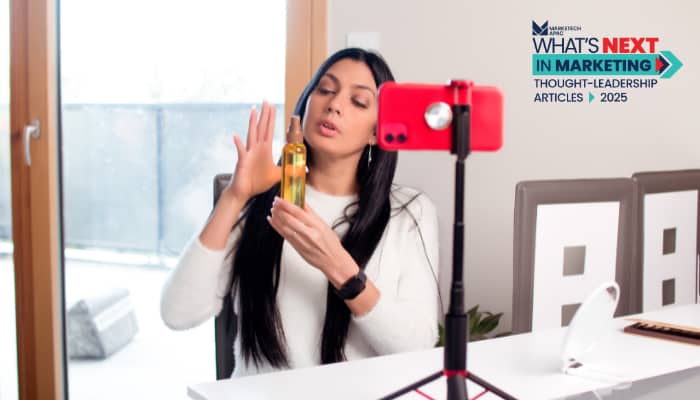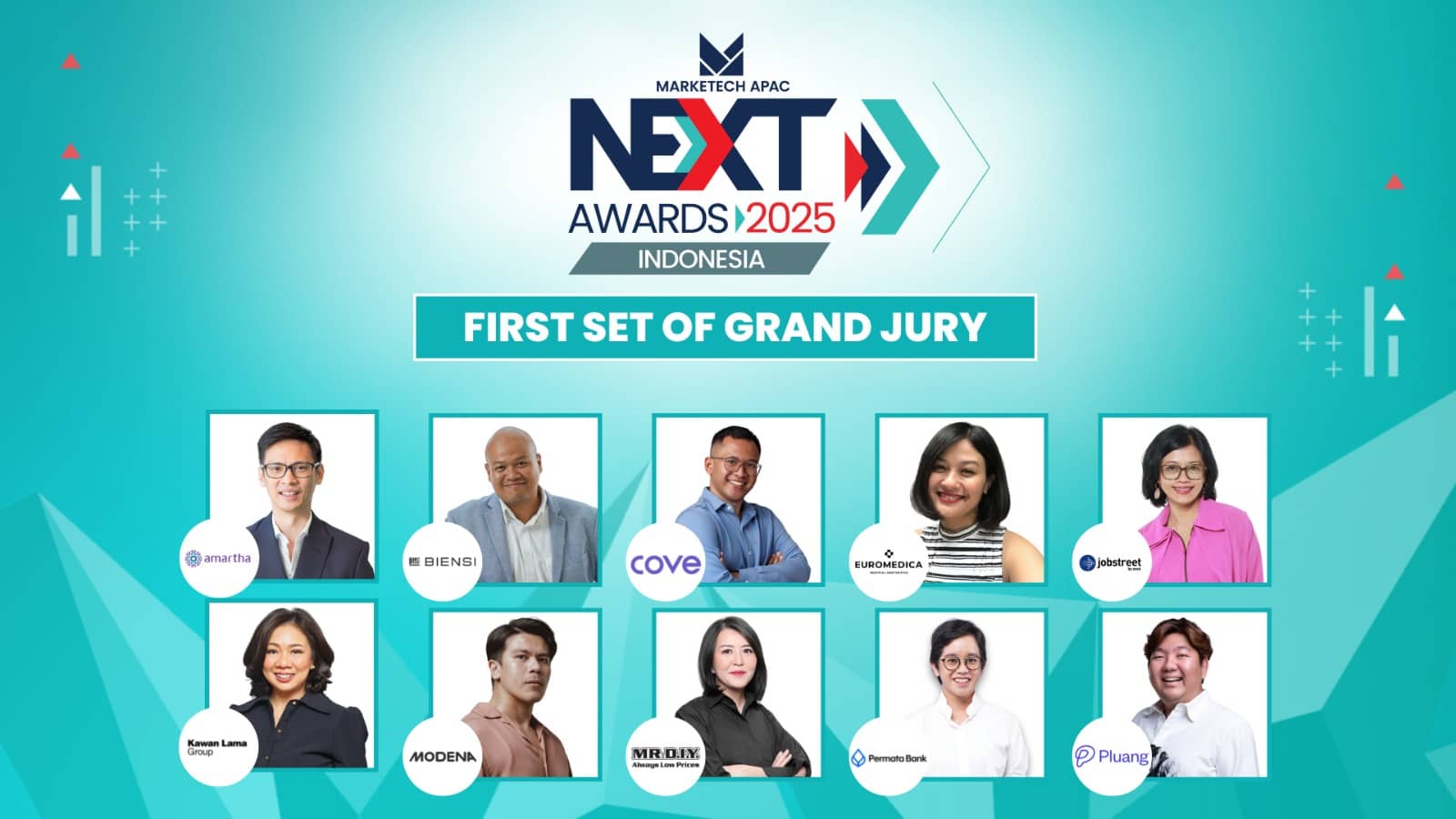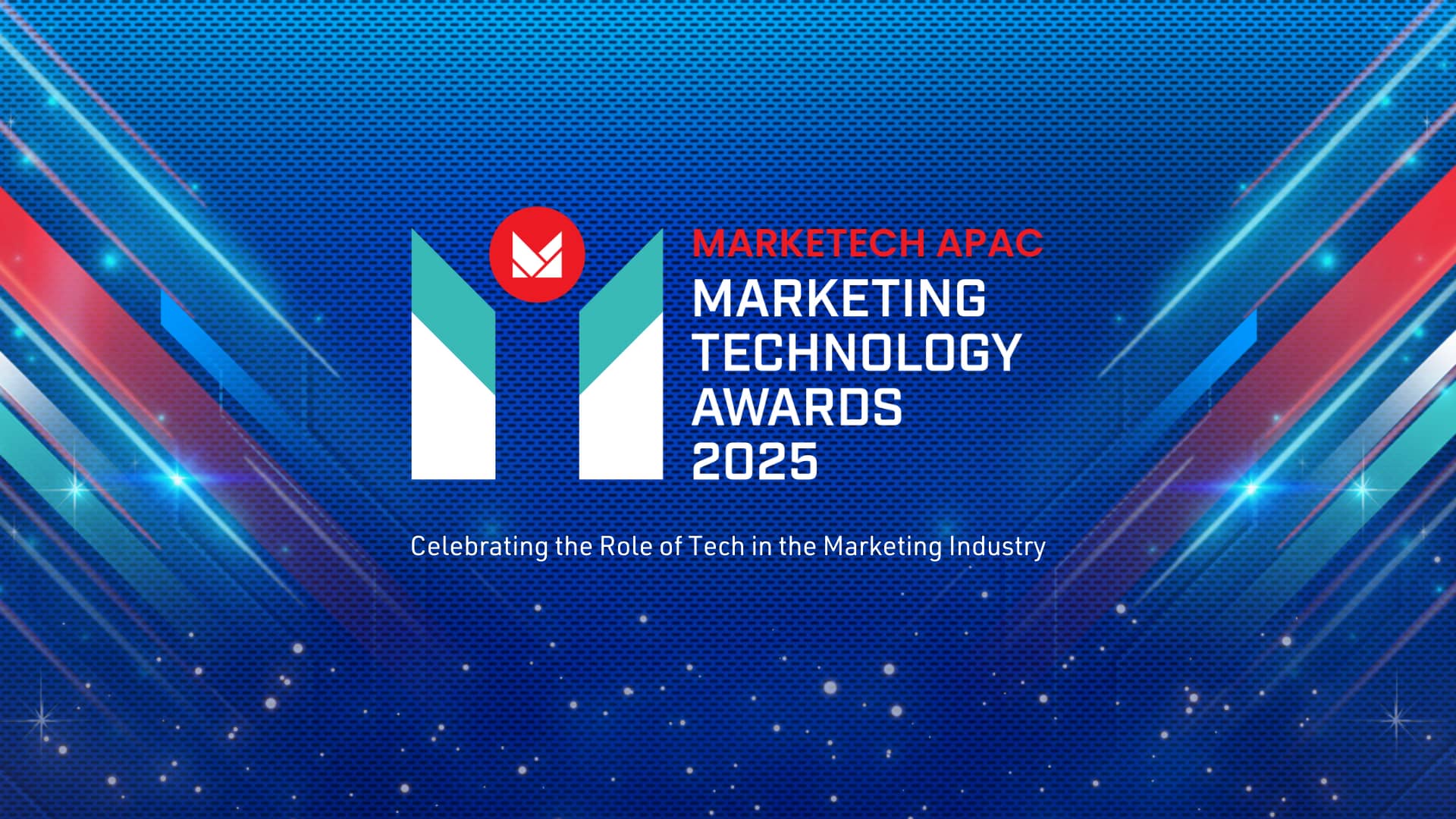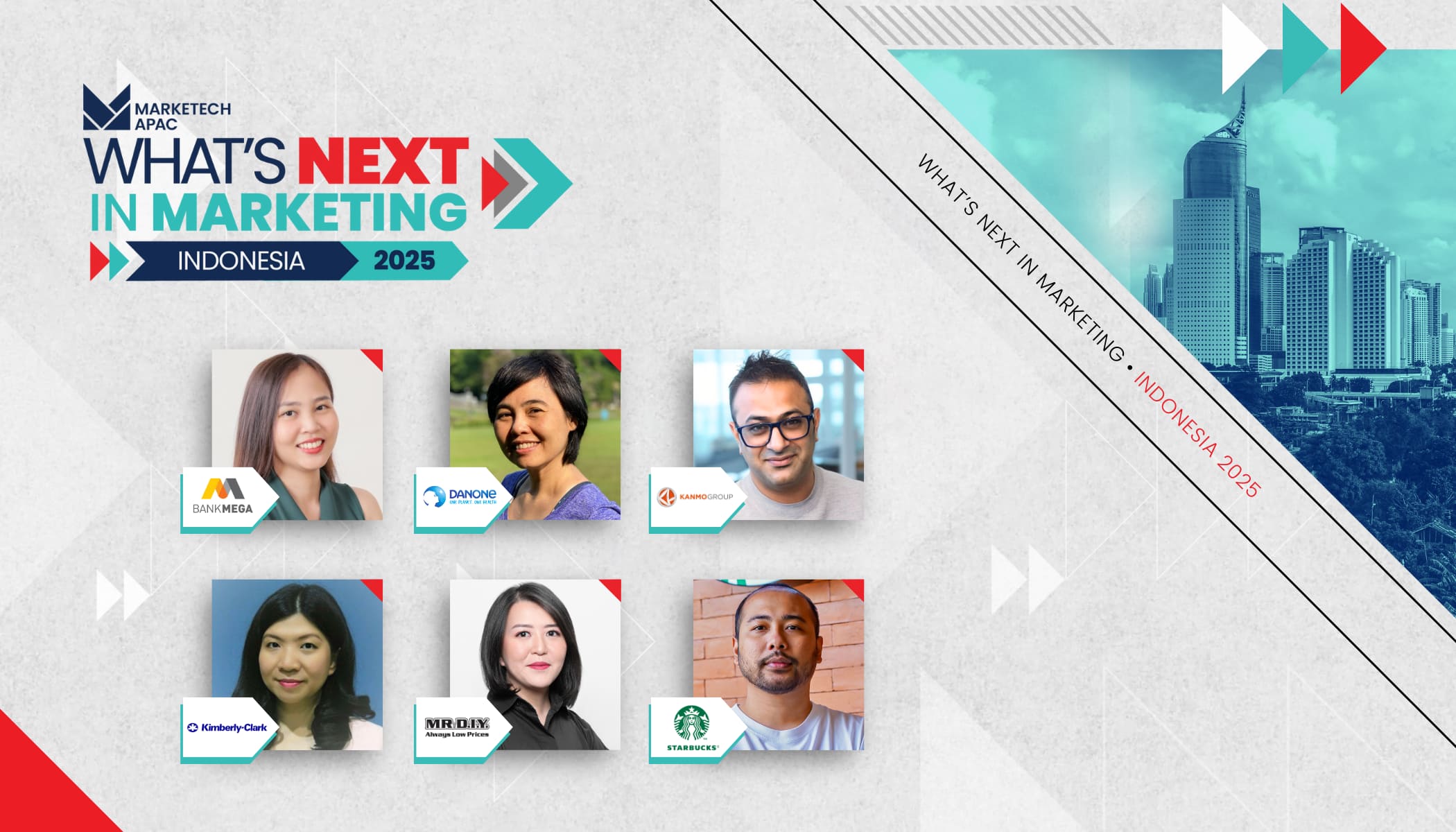Do you remember the days when celebrities in glossy magazine ads were the pinnacle of marketing? Those days are long gone. Today, the person recommending you the latest holiday destination, restaurants to check-out this weekend might just be doing so from their bedroom, kitchen, or local cafes. The rise of influencer marketing has transformed how brands connect with consumers, and there are no signs of slowing down. As we step into 2025, one thing is clear: nano creators are leading the next wave of influencer marketing.
First Blogging, Now Multi-Platform Creation
The journey of influencer marketing began over a decade ago. In 2010, blogging was at the frontier of content creation. Bloggers reviewed products on personal websites and shared their experiences in long-form posts. These were often trusted sources for recommendations because they felt authentic and relatable. Fast forward to today, and the social landscape has evolved dramatically.
Platforms like Instagram, TikTok, YouTube, and even newer entrants like XiaoHongShu have become the playgrounds for creators to share their lives and promote products. Influencers are no longer confined to a single platform or format – they create across multiple channels to reach diverse audiences. This shift reflects changing consumer habits; people now consume content in bite-sized pieces and expect it to be engaging and visually appealing.
As traditional advertising effectiveness declined, brands realised that audiences respond better to recommendations from people they trust rather than advertisements. Influencer marketing filled this gap by providing authenticity that traditional marketing often lacked.
The Big Shift
One of the most significant transformations in influencer marketing has been the evolving relationship between brands and creators. Not too long ago, influencers were primarily seen as distribution channels – tools for brands to amplify their messages. They were hired for one-off sponsored posts designed to generate quick buzz around a product or service.
Today, this dynamic has shifted dramatically. Brands now view creators as valuable partners who bring their own insights and creative direction to campaigns. These partnerships go beyond transactional arrangements: they are collaborative efforts where both parties work together to achieve shared goals.
This shift has led to longer-term partnerships replacing one-off sponsored posts. Many brands are moving away from working with dozens of influencers for single campaigns and instead focusing on maintaining year-long relationships with fewer creators who genuinely use their products and align with their values. This approach not only builds trust but also ensure consistency in messaging – an important factor in a busy digital space.
Bigger Isn’t Always Better
While celebrities and macro influencers still command attention, the industry has discovered a new truth: smaller creators are becoming the rising stars of influencer marketing. Nano influencers with fewer than 10,000 followers are gaining traction because they offer something unique that larger influencers often lack: authentic connection.
Nano influencers may not have millions of followers, but what they do have is a loyal and engaged audience that trusts them. Their content feels personal and relatable because it comes from someone who seems like a close friend rather than an unattainable celebrity figure. This authenticity translates into higher engagement rates and stronger conversion power.
Consumers are increasingly seeking authenticity and trust in their online interactions making nano-influencers, with their intimate and focused interactions, highly appealing according to Starsandstories.
AI Is Reshaping How Influencers Work
Artificial intelligence is transforming how creators work across the influencer ecosystem. AI tools now handle the time-consuming aspects of content creation, allowing influencers to focus on strategy and authentic connection.
For the established creators, AI-powered editing tools now automatically colour-grade footage, generate captions, and even suggest optimal posting times based on audience analytics. But the biggest impact is happening at the nano influencer level, where AI has completely changed the workflow for this community.
Brands are leveraging these technologies too. There are algorithms now that pair brands with the most aligned nano influencers based not just on demographics but on tones, values, and content style. This technology evolution has made nano influencer campaigns scalable in ways that weren’t possible even two years ago.
The New Frontier
As we look ahead to the next phase of influencer marketing, several trends indicate that nano influencers will continue gaining traction:
• Brands are creating “community marketing hubs” – networks of hundreds of nano influencers who promote products within their specific communities, creating powerful word-of-mouth momentum through multiple trusted voices rather than a single celebrity endorsement.
• New platforms dedicated to connecting brands with verified nano influencers are emerging, streamlining the discovery and partnership process. These platforms offer transparent metrics and standardised partnership terms.
• Rather than one-off posts, brands are developing ongoing nano influencer ambassador programs that foster deeper integration of products into authentic content.
Navigating the New Landscape
As influencer marketing continues to evolve, authentic connection matters more than ever. The future isn’t about reaching everyone – it’s about reaching the right people through voices they truly trust. And increasingly, those voices belong to nano influencers who may be small in follower count but are mighty in influence.
Brands that understand this evolution will thrive by forming meaningful partnerships with creators who truly resonate with their target customers. The power has shifted permanently from brands to creators and their communities.
The most successful marketing strategies will be those that embrace this new reality and work within it rather than fighting against it. As we navigate this evolving landscape, one thing remains clear – human connection remains at the heart of effective marketing, even as tools and platforms continue to change.

This thought leadership piece is written by Hazel Yap, co-founder at Serious Media.
The insight is published as part of MARKETECH APAC’s thought leadership series under What’s NEXT in Marketing 2025, a multi-platform industry initiative which features marketing and industry leaders in APAC sharing their marketing insights and predictions for 2025 and beyond.

















